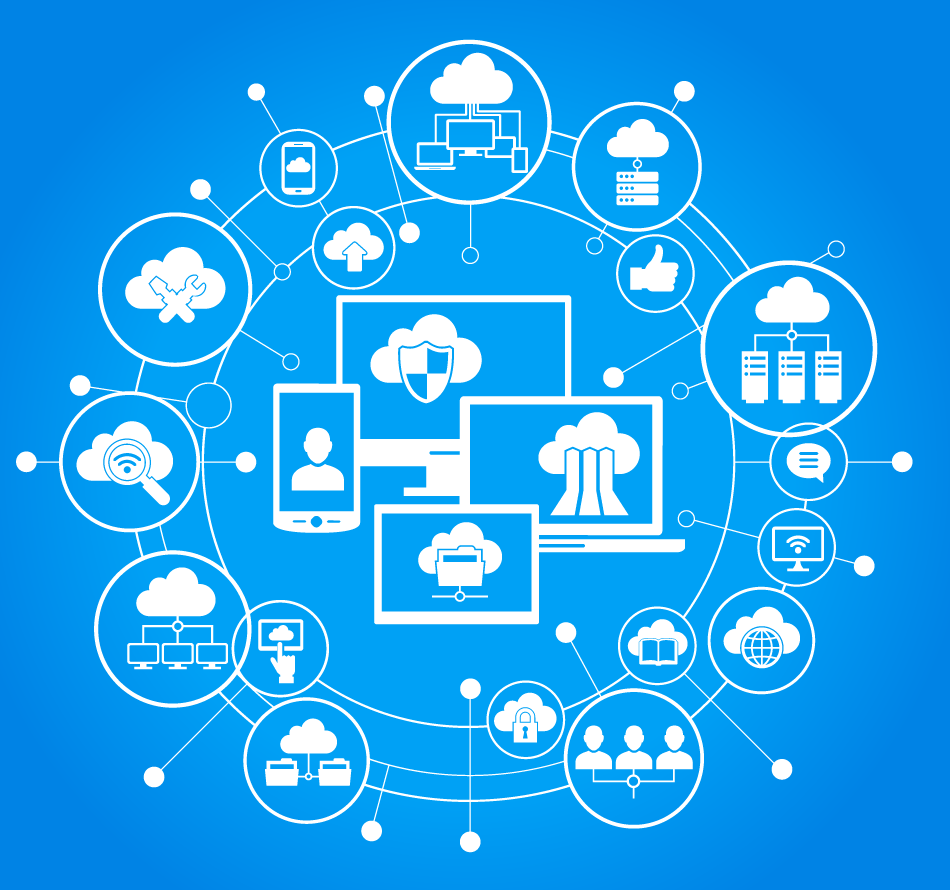Fastly Extends Observability for Real-Time Serverless Computing Performance
Edge cloud platform firm Fastly is adding observability features to its Compute@Edge serverless compute environment. Advancements include customizable logging, real-time and historical metrics and tracing.

Edge cloud platform firm Fastly is adding observability features to its Compute@Edge serverless compute environment.
The latest updates include customizable logging, real-time and historical metrics, and tracing.
The goal is to provide developers with a new level of transparency into two important measurements for serverless projects:
- What happens after code is deployed within a serverless architecture, and
- Unlocking mission-critical visibility needed to find and fix operational issues fast
“At Fastly, we think observability should go beyond logging and monitoring to also provide the context and data needed to answer crucial questions about serverless performance and, ultimately, an end user’s experience,” said Tyler McMullen, CTO of Fastly.
“In addition to concerns about cold start times, observability has been a top apprehension with serverless among developers. With Compute@Edge, we solved for the first concern with a 100x faster startup time than any other solution in the market. Now, we’re excited to solve the second by giving customers layers of observability critical for data-driven decision making and understanding core system performance,” McMullen added.
MJ Jones, Fastly’s Compute@Edge principal product manager, talked about the latest upgrades for observability in his latest blog.
With Compute@Edge, our aim is to design not just another tool for your toolbox, but one that outweighs its added complexity by solving for multiple challenges with serverless: performance, security, developer ergonomics, and, now, observability. Though we're excited about today's release, we’re really just getting started.
Compute@Edge’s latest updates include:
Customizable Logging: Developers have access to automatically-exposed default log fields, and can also capture custom event details that meet their business needs. Having access to log data helps developers determine the root cause of a host of potential issues, from infrastructure to end-user.
Real-time and Historical Metrics: Compute@Edge surfaces rich metrics, such as CPU and RAM utilization, and lets developers explore that data as it happens, or in historical analysis. This increased visibility allows developers to better monitor application performance and reacts in real-time to keep a site online, which can support revenue and a better end-user experience.
End-to-End Request Visibility: Compute@Edge honors request tracing parameters by maintaining them when they enter and leave the Fastly platform. Developers can tag individual end-user requests with unique identifiers, helping illuminate any blind spots in multi-technology infrastructures and providing details on the request’s lifetime.
With Compute@Edge, developers can program in familiar languages, port code across cloud providers, and get an up-to-the-second view of services. It also seamlessly integrates into your existing tech stack.
Jones went on to detail how Compute@Edge helps users level-up observability.
Observability has always been difficult, and, as web architectures become more complex, observability can feel downright impossible,” Jones added. In multi-vendor architectures, we often end up trading performance for simplicity, using the lowest common denominator feature set that ensures an application will run on multiple platforms and provide basic operational insight.
He also detailed several of Compute@Edge’s top features and capability, including:
Logging: Like other Fastly services, Compute@Edge lets you send logs to an endpoint of your choosing. In addition, it provides real-time logs sent directly to your CLI without any setup required. When you’re developing, a `println` on Compute@Edge works the same as a `println` on your laptop. With log data visibility, you can determine the root cause of a host of issues — whether they originate in your infrastructure or your end users.
Metrics: Compute@Edge provides more insight and metrics around your functions — like CPU and RAM use — displaying how the code you have in Fastly interfaces with your origin. Plus, you get support for historical metrics or stats, as well as real-time metrics to better monitor application performance and react in real time for less down time.
Tracing: Compute@Edge honors the tracing parameters that come into our platform and maintain them when they leave our platform, so you can correlate and stitch together the lifetime of a request in a third-party visualization system, like Splunk or Datadog, after for further analysis. It’s easy to set up and lets you trace function performance after deployment.
Beyond these core product features, Jones also noted that Fastly’s Compute@Edge team is working with the beta program participants to identify “additional friction points, features, and use cases” around observability.






